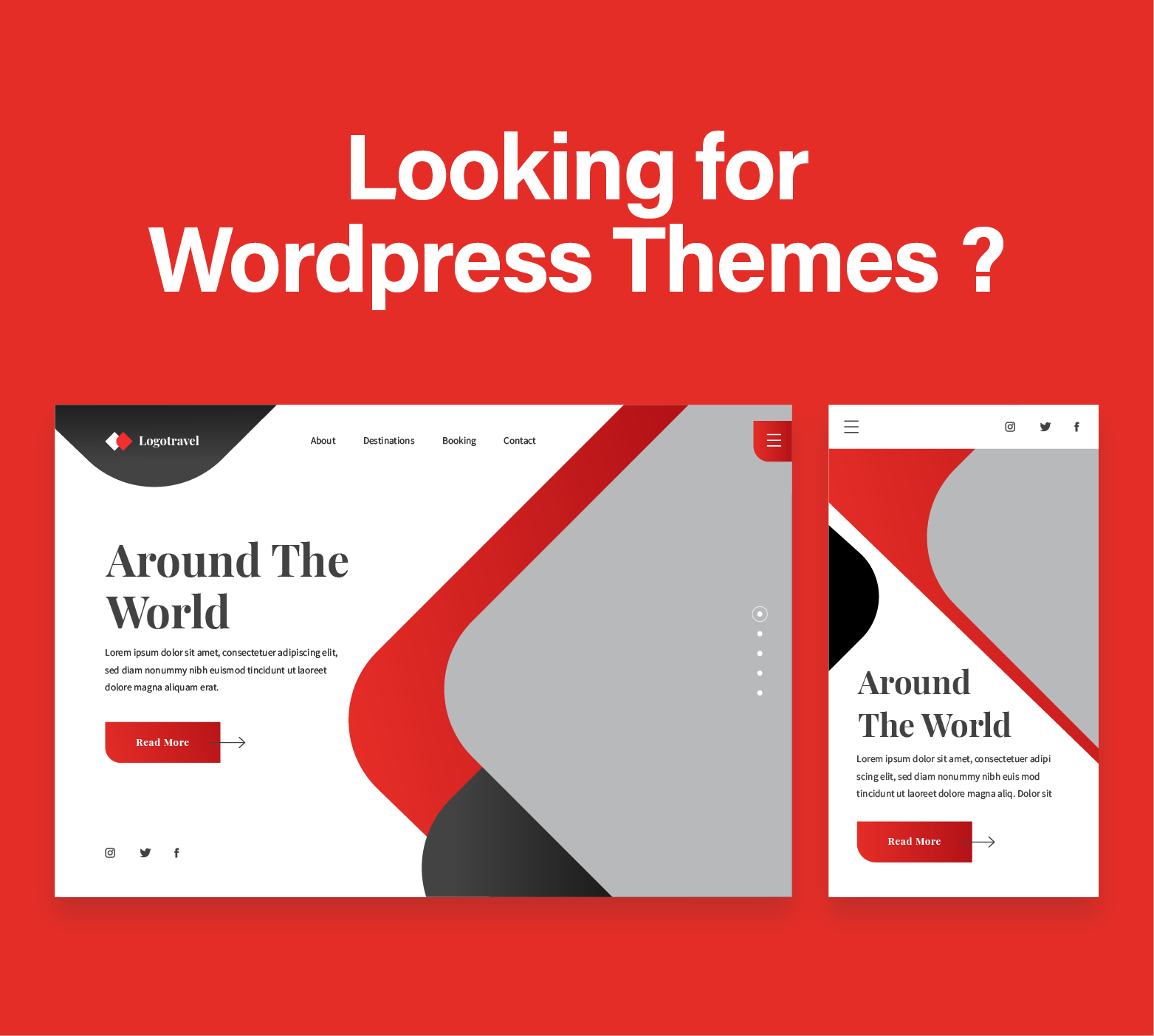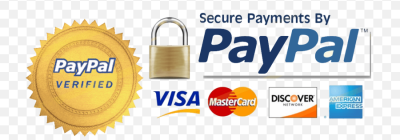In today’s mobile-first world, businesses face a crucial decision when developing mobile applications: whether to choose Progressive Web Apps (PWAs) or native apps. Both approaches have their unique advantages and drawbacks, and the right choice depends on the specific needs and goals of your business.
This article explores the key differences between PWAs and native apps, helping you make an informed decision. Because there are cases where one is better than the other and vice versa.
Also if you are looking to build a mobile app, and hire a team or an agency, why not check our mobile app development services ? Our prices start from as low as $2,000 and we can give you a price quote on the same day.
What are Progressive Web Apps (PWAs)?
Progressive Web Apps are web applications that use modern web capabilities to deliver an app-like experience to users. They combine the best of web and mobile apps, offering features such as offline access, push notifications, and fast loading times. PWAs are accessible through web browsers, making them platform-independent and easy to distribute.
What are Native Apps?
Native apps are software applications developed specifically for a particular operating system (OS) like iOS or Android. They are built using platform-specific programming languages such as Swift for iOS and Kotlin for Android. Native apps are available for download through app stores like the Apple App Store and Google Play Store, providing users with seamless integration and access to device-specific features.
Key Differences Between PWAs and Native Apps
1. Installation and Accessibility
PWAs can be accessed directly through a web browser without the need for installation from an app store. Users can simply visit the URL, and the PWA will prompt them to add it to their home screen. This ease of access can lead to higher user adoption rates, as there are fewer barriers to entry.
Native apps, on the other hand, require users to visit an app store, download, and install the app. This process can be time-consuming and may deter some users. However, once installed, native apps are easily accessible from the device’s home screen.
2. Performance
Native apps are known for their superior performance because they are optimized for the specific operating system and hardware. They can leverage device-specific features and hardware acceleration, resulting in smooth animations, fast loading times, and a responsive user experience.
PWAs, while significantly improved in recent years, may still lag behind native apps in terms of performance, especially for resource-intensive tasks. However, advancements in web technologies and caching mechanisms have narrowed this gap considerably.
3. Offline Functionality
PWAs excel in providing offline functionality. They use service workers to cache content and enable the app to function without an internet connection. This is particularly beneficial for users in areas with poor connectivity or for those who want to access content on the go.
Native apps also offer offline functionality, but the implementation can vary depending on the app’s design. Because they are installed on the device, they can store data locally and provide a seamless offline experience.
4. User Experience (UX)
Native apps offer a more polished and immersive user experience because they are designed with platform-specific guidelines in mind. They can utilize device features like the camera, GPS, and push notifications more effectively, providing a seamless and intuitive user experience.
PWAs strive to offer a similar experience, but they are constrained by the limitations of web technologies. While they can still provide a high-quality user experience, certain features and interactions may not be as smooth or integrated as in native apps.
5. Development and Maintenance Costs
Developing native apps requires separate codebases for each platform (iOS and Android), which can increase development time and costs. Additionally, maintaining and updating two separate versions of the app can be resource-intensive.
PWAs offer a cost-effective alternative because they use a single codebase that works across multiple platforms. This reduces development time and costs and simplifies maintenance. Businesses can release updates instantly without waiting for app store approvals, ensuring users always have the latest version.
6. Distribution and Discoverability
PWAs have an advantage in terms of distribution and discoverability. They can be indexed by search engines, making them easier to find through organic search. Users can share the app URL directly, bypassing the need for app store searches and downloads.
Native apps rely on app stores for distribution, which can limit discoverability. However, being featured in an app store can boost visibility and credibility. App stores also provide a centralized platform for user reviews and ratings, which can influence potential users.
7. Security
Native apps generally offer better security because they operate within the controlled environment of the operating system and app store. They can leverage device security features and are subject to app store review processes that screen for malicious content.
PWAs, being web-based, are more vulnerable to security risks such as cross-site scripting (XSS) and other web-based attacks. However, modern web security practices and HTTPS protocols have significantly improved the security of PWAs.
Use Cases for PWAs and Native Apps
When to Choose PWAs:
- Budget Constraints: If you have limited resources, PWAs can be a cost-effective solution as they require a single codebase for multiple platforms.
- Broad Reach: If your goal is to reach a wide audience across various devices and platforms without worrying about app store approvals, PWAs are ideal.
- Frequent Updates: If your app requires frequent updates or content changes, PWAs allow you to push updates instantly without waiting for app store reviews.
- Progressive Enhancement: If your users may have varying levels of internet connectivity, PWAs ensure a functional experience even in offline or low-bandwidth situations.
When to Choose Native Apps:
- Performance-Intensive Applications: If your app relies heavily on performance and speed, such as gaming or complex animations, native apps are the better choice.
- Device-Specific Features: If your app needs deep integration with device features like the camera, GPS, or sensors, native apps can provide a more seamless experience.
- Brand Presence: If having a presence in app stores is crucial for your brand’s credibility and discoverability, native apps are the way to go.
- Enhanced Security: If your app deals with sensitive user data or requires robust security measures, native apps offer a more secure environment.
Case Studies
Successful PWA Examples:
- Twitter Lite: Twitter launched its PWA, Twitter Lite, to provide a fast and reliable experience in areas with slow internet connections. The PWA reduced data consumption by up to 70% and increased user engagement significantly.
- Starbucks: Starbucks implemented a PWA to offer a seamless ordering experience, even offline. The PWA is smaller than the native app, loads faster, and provides the same functionality, resulting in higher user satisfaction.
Successful Native App Examples:
- Instagram: Instagram’s native app leverages device-specific features like the camera and push notifications to deliver a highly engaging user experience. The app’s performance and speed are crucial for its success.
- Uber: Uber’s native app integrates deeply with device features like GPS and payment systems, ensuring a smooth and efficient ride-hailing experience. The app’s performance and reliability are essential for its operations.
Conclusion
The choice between PWAs and native apps depends on various factors, including budget, target audience, performance requirements, and desired features. PWAs offer a cost-effective and flexible solution for reaching a broad audience with minimal development and maintenance costs. They are ideal for businesses looking to provide a seamless experience across multiple platforms with quick updates and offline functionality.
Native apps, on the other hand, provide superior performance, deep integration with device features, and a polished user experience. They are best suited for performance-intensive applications, enhanced security needs, and situations where app store presence is critical for brand visibility.
Ultimately, the decision should be based on your specific business needs and goals. By understanding the strengths and limitations of both PWAs and native apps, you can make an informed choice that best serves your users and enhances your business success.
Frequently Asked Questions (FAQ)
1. What are the main differences between PWAs and native apps?
Answer: PWAs are web-based applications that offer an app-like experience through a web browser, while native apps are built specifically for operating systems like iOS and Android using platform-specific languages. PWAs are easier to access and update, while native apps offer better performance and deeper integration with device features.
2. Do PWAs work offline?
Answer: Yes, PWAs can work offline. They use service workers to cache content, allowing the app to function without an internet connection. This is particularly useful for users in areas with poor connectivity or for accessing content on the go.
3. Are native apps more secure than PWAs?
Answer: Generally, native apps are considered more secure because they operate within the controlled environment of the operating system and app store. They can leverage device security features and undergo app store review processes. PWAs, being web-based, are more vulnerable to web-based security risks, but modern web security practices have significantly improved their security.
4. Which option is better for performance: PWAs or native apps?
Answer: Native apps usually offer superior performance because they are optimized for specific operating systems and can leverage device-specific features and hardware acceleration. PWAs have improved significantly in recent years but may still lag behind native apps in performance, especially for resource-intensive tasks.
5. What are the cost differences between developing a PWA and a native app?
Answer: Developing a PWA is generally more cost-effective because it requires a single codebase that works across multiple platforms, reducing development time and costs. Native apps require separate codebases for each platform (iOS and Android), increasing development and maintenance costs.
6. How do PWAs and native apps handle updates?
Answer: PWAs allow developers to push updates instantly without waiting for app store approvals. Users always access the latest version when they open the app. Native apps require updates to be submitted and approved by app stores, which can take time, and users need to manually update the app.
7. Can PWAs access device features like native apps?
Answer: PWAs can access many device features, such as push notifications, geolocation, and offline capabilities. However, native apps have deeper integration with device hardware and can access features like the camera, Bluetooth, and sensors more effectively.
8. Which is better for user experience: PWAs or native apps?
Answer: Native apps often provide a more polished and immersive user experience because they are designed with platform-specific guidelines. PWAs strive to offer a similar experience, but certain features and interactions may not be as smooth or integrated due to the limitations of web technologies.
9. Are PWAs discoverable in app stores?
Answer: No, PWAs are not typically listed in app stores. They are accessible through web browsers and can be added to the home screen. However, they can be indexed by search engines, making them easier to find through organic search. Native apps rely on app stores for distribution and discoverability.
10. When should I choose a PWA over a native app?
Answer: Choose a PWA if you have budget constraints, need to reach a broad audience across multiple platforms, require frequent updates, or need offline functionality. PWAs are ideal for businesses looking to provide a seamless experience with minimal development and maintenance costs.








